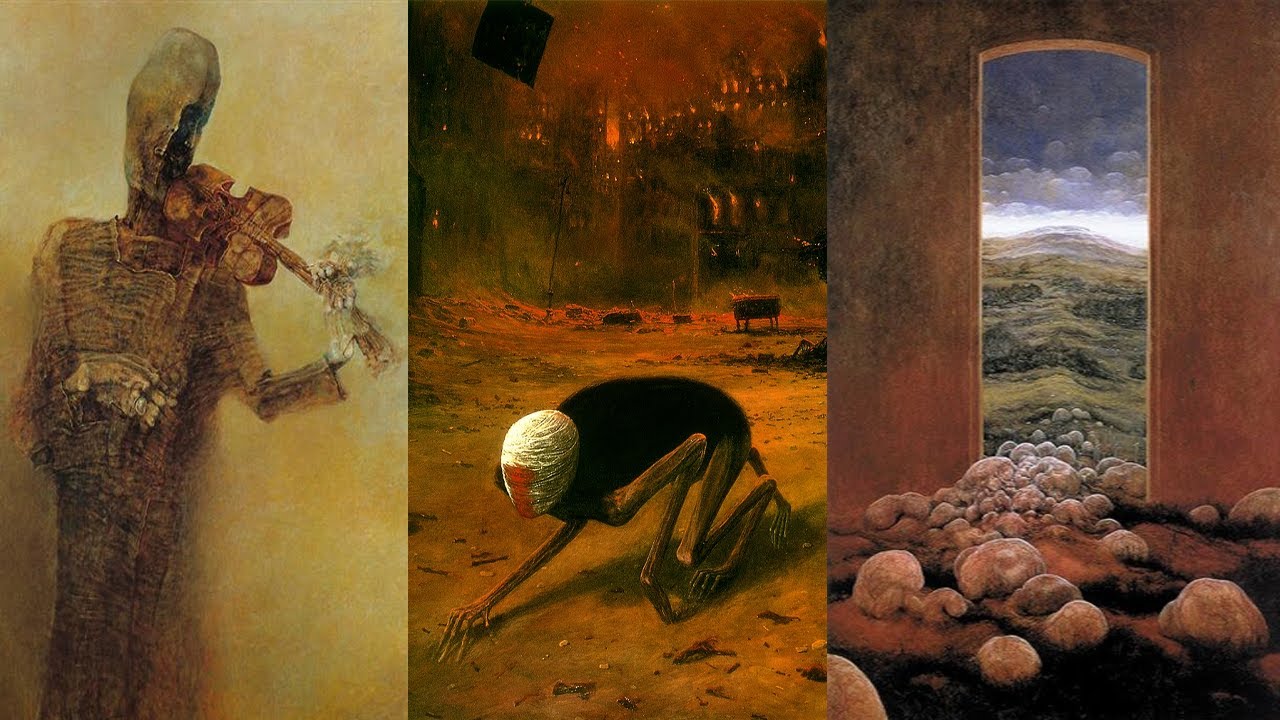
Robert Draws – AI Shocks the Art World as a new generation of humanoid artists enters the global creative stage. At the AI for Good Summit 2025 in Geneva, the spotlight was stolen by a humanoid AI named Ai‑Da, who unveiled an oil painting titled Algorithm King portraying King Charles III. This piece marks one of the first royal portraits entirely crafted by artificial intelligence using machine learning algorithms and robotic techniques. The artwork captured attention not just for its subject but for its creator — a robotic system merging digital code with classical painting aesthetics. With this creation, the lines between human expression and machine creativity are becoming increasingly blurred. Ai‑Da is not merely imitating human techniques but pioneering a new genre that challenges traditional definitions of art and authorship in the 21st century.
At the AI for Good Summit in Geneva, the presence of Ai‑Da was more than symbolic — it was transformative. AI Shocks the Art World once again through this unexpected debut of royal portraiture, created not by a celebrated human painter, but by an autonomous machine. The piece Algorithm King stood among other technological showcases yet managed to bridge the emotional and intellectual gap between humans and AI. Crowds were seen lining up to witness what many considered a historic moment in art history. Curators and attendees debated the implications of such works, not only in terms of aesthetics but also originality, intent, and emotional value. Despite mixed reactions, the consensus was clear: something monumental had occurred. For the first time, a royal figure was portrayed through the lens of an algorithm, and the result was hauntingly powerful.
“Read about: Inside the Room, Outside the Heart: The Emotional Mystery of ‘Worlds in Rooms’”
A team of roboticists, AI engineers, and artists developed Ai‑Da into one of the most sophisticated creative machines in the world. Her creators equipped her with cameras for eyes, a robotic arm for painting, and adaptive algorithms that support continuous learning. Unlike traditional digital tools, Ai‑Da actively analyzes thousands of portraits, studies facial expressions, and applies evolving brush techniques. The team fed her with diverse datasets that included royal imagery, historical portrait styles, and modern painting trends to guide her in creating Algorithm King. Over time, she transformed this information into a unique visual representation of King Charles III. Her physical engagement with the canvas and paint distinguishes her from software-only image generators. Ai‑Da follows a clear artistic process that includes a beginning, middle, and conclusion — all driven by calculated decisions instead of emotional instinct.
The portrait itself offers a surreal yet captivating blend of tradition and technology. Algorithm King portrays King Charles III with a regal presence, yet through slightly abstract tones and brushstrokes. The color palette mimics the warm richness of Renaissance-era portraiture, while the structure suggests a modern eye for symmetry and balance. Viewers described it as simultaneously familiar and alien — a fitting description for something born from artificial intelligence. Critics have praised the work for its technical accuracy and atmospheric emotion. The king’s facial expression, soft gaze, and posture reflect not just royal dignity but an algorithm’s interpretation of human strength and leadership. While some questioned the emotional depth of a machine-crafted image, others marveled at how effectively Ai‑Da captured both the majesty and vulnerability of a modern monarch.
“Read more: Armenia’s Secret Weapon Against Human Trafficking? A Simple Classroom Manual”
The unveiling of Algorithm King is seen by many as a turning point in the relationship between humans and machines in the creative field. It proves that artificial intelligence is not just a tool for automation or analysis but can be an active participant in cultural production. Discussions sparked by Ai‑Da’s work include questions about artistic ownership, originality, and ethical boundaries. If a robot can paint like a human, then what makes human art unique? Some fear this evolution may threaten traditional artists, while others believe it will expand artistic boundaries and invite new collaborations between flesh and code. The Geneva summit emphasized not just the painting but the dialogue it generated. It became clear that AI-generated art is not a gimmick but a rising wave of transformation, capable of redefining creativity in the modern age.